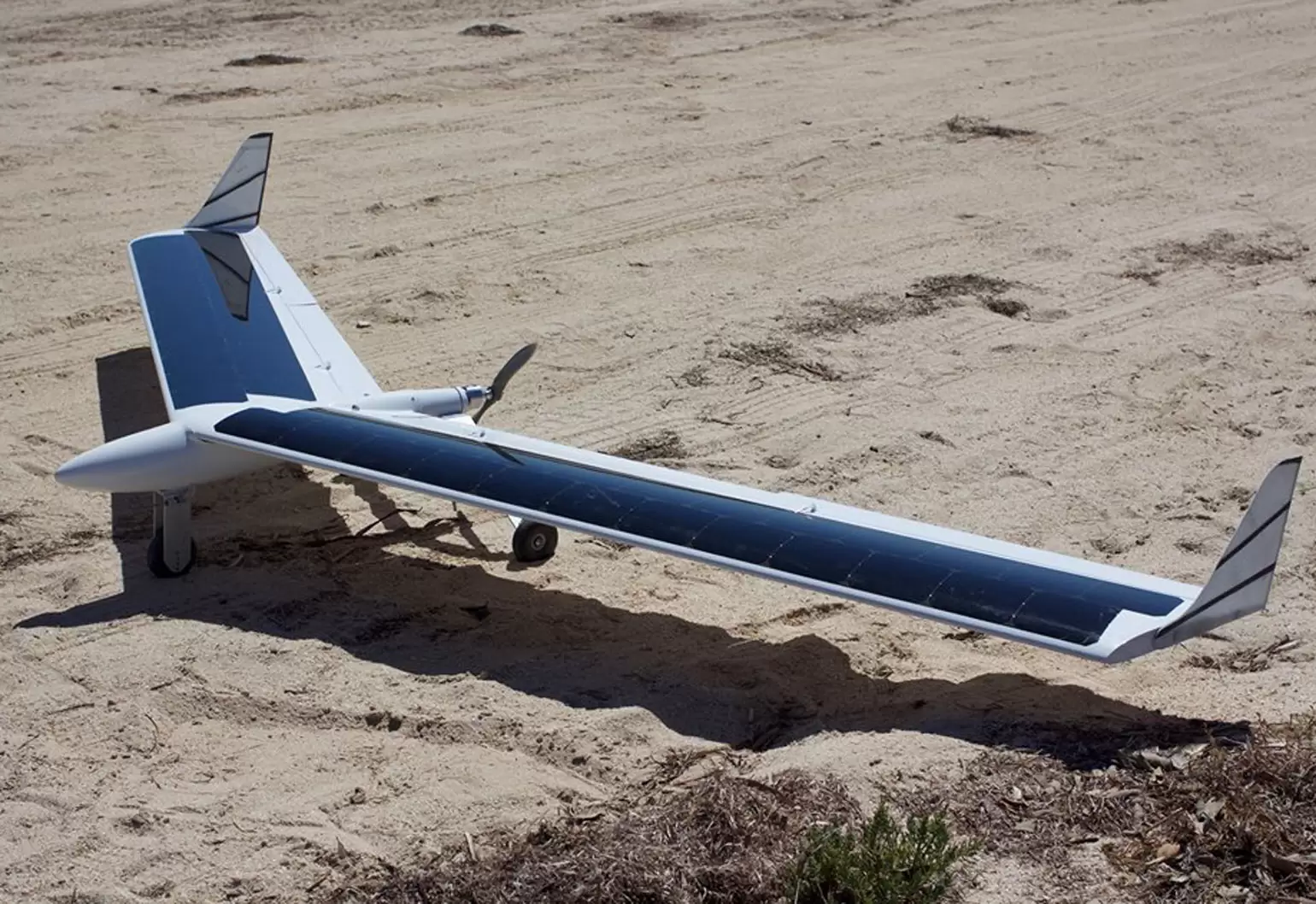One startup’s vision of creating solar-powered drones has captured the attention of some big players in the business.
Drones are pretty cool, but their usefulness for anything more advanced than quick trips around the neighbourhood has been held back by how much charge they can hold and the size of their battery pack. However, one startup’s solar-powered drones could change that.
Cameron Donaldson founded Praxis Aeronautics, a startup focussed on producing the solar-powered drones, with his father Don in 2016. The company encases C-Si solar cells in fibreglass within the wing structure of fixed-wing drones. This costs $1000 per square metre – 35 times less than the current price of high-end solar cells for drones.
Their novel solution won last year’s Australian eChallenge, and this accolade led to the startup being invited by the University of Adelaide to form a consortium with defence software developer Consunet. Together, they submitted a proposal for a small drone system for the ADF, which has been shortlisted by the Army.
Unmanned aerial vehicles, aka drones, have diverse applications such as aerial surveillance, law enforcement and – perhaps one day – making deliveries. Solar cells have been trialled on drones before, but Donaldson explained that their system is unique.
“Everyone else has customised solar cells to fit drones. We’ve made brittle cells robust, and combined them in a way that doesn’t affect aerodynamics or weight,” Donaldson explained.
A prototype fixed-wing drone using Donaldson’s process can stay in the air for six hours, compared to around an hour’s flight time for non-solar electric drones.
“Battery life is holding electric drones back – this is a way around that,” he said.
A section of the solar cell on a wing.Praxis is also working with other companies, including national security equipment and service provider Xtec Ltd, to retrofit the wings of existing non-solar drones. Other applications could include precision agriculture, environmental management and medical deliveries.
As the market is driving demand for more compact drones, Donaldson is working on cutting the cells into smaller sizes and miniaturising electronics to increase efficiency for reduced wing-areas.
The process has its origins in Donaldson’s work in the boat-building industry. He invented a technique to sandwich specially prepared veneers in fibreglass to create durable boats that looked like traditional, hand-built timber designs. This led him to look for other high-value applications for composite materials.
“Solar cells were something people kept coming back to,” he said.
Praxis Aeronautics has built a prototype using the composite solar cell process, which is currently taking a backseat to retro-fitting projects. Donaldson said that he is making good progress towards his goal of constructing a drone that can collect enough energy and have a light enough airframe to fly continuously during daylight hours, using a battery to land and recharge when necessary.
The company also won a South Australian Early Commercialisation Fund grant, which will assist them to put the process into production by the beginning of next year, when its latest prototype has been tested.



